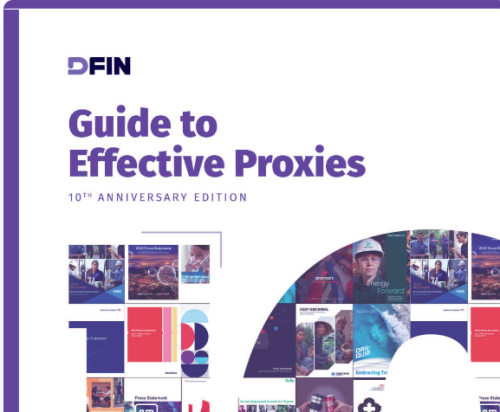In evoking the backdrop of the French Revolution, Charles Dickens tells us in the opening sentence of A tale of two cities that it was ‘the best of times, it was the worst of times’. History, and the films and books that portray it, are often pushed to extremes, identifying good and bad as absolutes.
But there are rarely true absolutes and transitioning is very rarely a one-step process. With the growing awareness and focus on ESG factors, this difference between perception and reality presents a new challenge for IROs.
Increasingly, listed companies are being scored and rated based on ESG criteria that can be important determinants in both passive and active investment decision-making. It is therefore important for IROs to understand how their companies are rated and the methodology behind those ratings as discussions with investors and sell-side analysts will increasingly involve the themes behind them.
There are, however, a number of issues surrounding ESG ratings. For example, according to a 2018 article in the Wall Street Journal, Tesla was rated as the worst automaker on ESG standards by FTSE, but MSCI rated it best and Sustainalytics had it languishing somewhere between these two extremes. Lack of standardization and regulatory requirements can cause confusion and could result in very different reactions from investors.
A second problem is the static nature implicit in most ratings systems. A number of fund managers have expressed concerns that ratings are often backward-looking, considering what management teams have done historically and not necessarily taking into account steps they are taking to improve their impact.
So what can IROs do to better understand how their business sits within emergent ESG themes and be prepared for questions on mitigating associated risks and, indeed, taking advantage of potential opportunities?
Both regulators and potential investors care that management teams in turn care about identifying peripheral risks. The NYSE’s Corporate Governance Guide states that: ‘[Boards are expected to] see to the implementation by management of state-of-the-art standards for managing risk, monitor the management of those risks… and oversee that necessary steps are taken to foster a culture of risk-aware and risk-adjusted decision-making throughout the organization.’
In BlackRock CEO Larry Fink’s 2019 letter to CEOs detailing BlackRock’s investment priorities, Fink comments: ‘… these [governance and environmental] priorities reflect our commitment to engaging around issues that influence a company’s prospects not over the next quarter, but over the long horizons our clients are planning for.’
Understanding and communicating how businesses manage core risks is the bread and butter of the IRO, but it is also important to be able to stay on top of peripheral risks as they can, in time, transition into core risks.
The problem is that one is inundated with content. By 2020 it is expected that there will be 130 exabytes of data created every single day. That is the equivalent of 1 bn iPhones’ worth of storage.
Much of the business content out there is focused on breaking news, and breaking news is good as it allows businesses to react to the world as it unfolds in front of them. But to be adequately prepared requires lead time. It is only by monitoring a theme continuously that one can telegraph the tipping point in that theme, long before it becomes breaking news and the window of opportunity has shut. In the case of the IRO, that means being on the front foot when meeting with investors, anticipating ESG-related lines of questioning pertinent to the business.
What can further differentiate an IRO is the ability to understand the interrelationship between the three elements of ESG. For example, consider carbon emissions from aircraft – an environmental concern. Flight shaming and the need to cut costs can quite easily be combined to lead to the conclusion that corporates need to cut travel for their employees. This in turn surfaces the social considerations of remote working and effective collaboration. One tool to facilitate that is videoconferencing, which in turn brings to the fore cyber-security or governance concerns.
So rather than focus simply on the good and the bad – the best of times and the worst of times – one should focus on understanding the emergence of ESG themes, the transition between the three elements and the part that one’s business plays in that to best engage with investors. Think of the tale between the two cities.
Sandy Jayaraj is chief operating officer of Curation Corp










